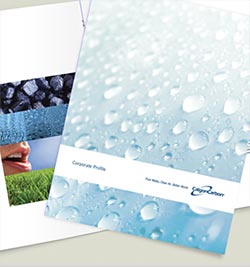Our website uses cookies, including third parties’ profiling cookies, to improve your user experience. You can learn more about how we use cookies and how to change your cookies settings in our Privacy Policy. By closing this message, clicking above or continuing to use this site, you consent to our use of cookies.
Today, U.S. and NATO forces, as well as industrial enterprises turn to Calgon Carbon for the most technologically advanced impregnated carbon for use in collective protection filters.
Technologies/Solutions:
Collective protection is used to filter potentially contaminated air and provide breathable, non-toxic air into protected areas. Homeland security, national defense and private industry use collective protection as an important safety resource in portable shelters, buildings, ships, aircraft and vehicles. These protective enclosures provide a contaminant free environment for people, relieving the burden of continuous wearing of apparel, gas masks and respirator equipment.
Collective protection works through overpressure and filtration. Incoming air is passed through a filter enclosure containing Calgon Carbon’s industry-leading products. To control air flow and ensure contaminated air is passed through a filter containing activated carbon, the internal air pressure is higher than the external air pressure. The pressure difference across the filter prevents external air from entering the shelter or protected space, providing a toxic free area (TFA).
The most essential component of any collective protection area is the air filtration system. Calgon Carbon technologies are engineered to meet the most stringent standards of the US Department of Defense (DoD) for the performance of these systems.
Calgon Carbon manufactures specialty carbons to meet end-user requirements. We select the base stock source, manufacturing process variables, final product mesh size and pore size distribution to ensure the carbon performs to your specifications.
Granular Activated Carbon
Activated carbons provide protection against most airborne contaminants, NIOSH gases, organic vapors, acid gases, basic gases and a variety of other harmful gases.
Learn More >>
